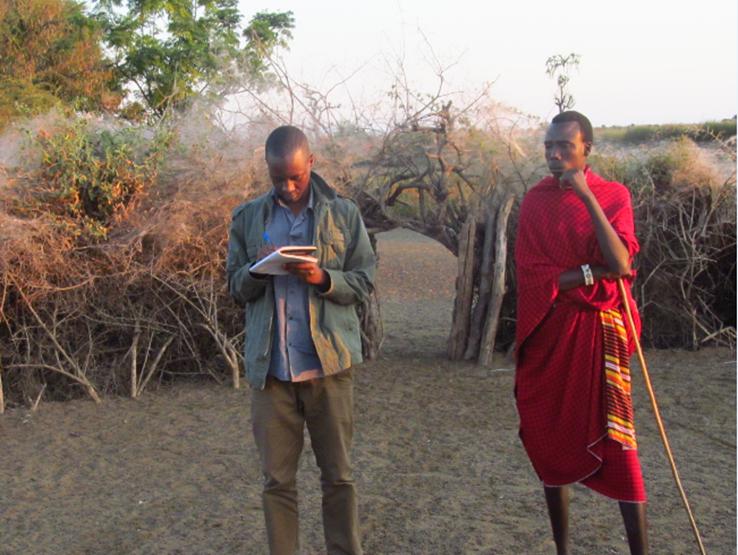Jackson Lyimo
The project aims to assess the local community attitude towards lion conservation and determinants that influence illegal lion killing behaviour in Maasai steppe ecosystem. The project will also describe the temporal-spatial patterns of illegal lion killings in Maasai steppe ecosystem between 2005 and 2017 as well as examine the relationships between observed patterns of killings and landscape variables. It is expected that the study will provide a keen insight to wildlife management authorities (Tanzanian National Park and Tanzania Wildlife Authority) in dealing with illegal lion killing behaviour and improving strategic practical interventions for lion conservation and coexistence.

Studies have reported that African lions have declined by at least 43% over the past 21 years. Tanzania host largest population of lion in Africa and it was the first country for trophy hunting in Africa with 200 free ranging lions for hunting which were legally harvested (MNRT, 2010). This figure remained fairly small in number compared to lions which were illegally killed for various reasons (Mesochina et al., 2010).The illegal lion killing is still a major problem in many ecosystems in Tanzania. Rigorous literature search reveals that no detailed study that has been conducted to assess determinants that influence illegal lion killing behaviours in Maasai steppe ecosystem.
Therefore this study will assess Maasai community attitude towards lion conservation, determinants that contribute to high rate of illegal human lion killings as well as analysing the spatial-temporal patterns of such killings in Maasai steppe ecosystem.
Generally the project aims to answer the following questions:
1. What are local community perceptions towards lion conservation in dispersal areas in Maasai steppe ecosystem?
2. What are the key determinants that influence illegal human-lion killings in Maasai steppe ecosystem?
3. How has illegal human lion killings varied seasonally and annually in Maasai steppe ecosystem?
4. What are the spatial patterns of illegal human lion killings in Maasai steppe ecosystem?
5. What are the relationships between observed patterns of killings and landscape variables?
It is expected that project will be helpful to wildlife management authorities in understanding the lion killing hotspots as well as the determinants the influence human illegal lion killing behaviour in Maasai .The findings of the project will also help management authorities’ towards devising lion conservation intervention programs to reduce illegal lion killing behaviour by local people in dispersal areas in Maasai steppe ecosystem.